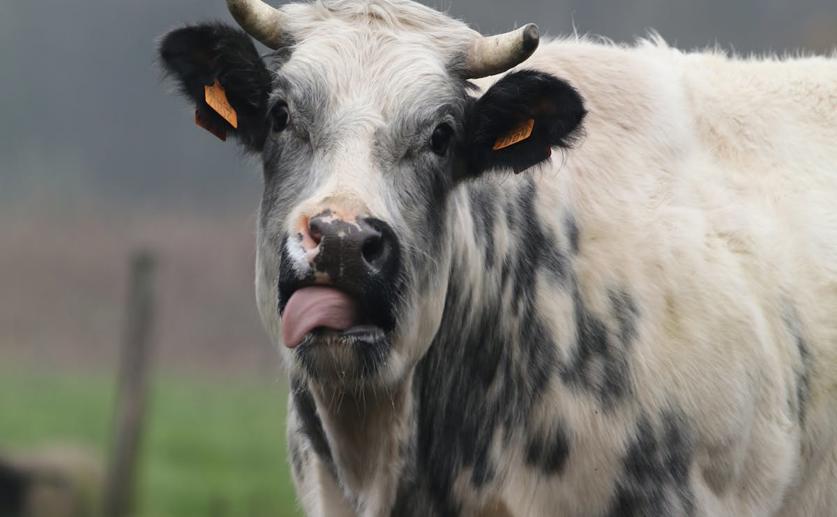
Enhancing Genomic Prediction in Dairy Cows with Advanced Neural Networks
Jim Crocker
2nd July, 2024

Image Source: Ann H (photographer)
Key Findings
- Researchers at China Agricultural University developed Biologically Annotated Neural Networks (BANNs) for genomic prediction in dairy cattle
- BANNs outperformed traditional methods like GBLUP and Bayesian approaches in predicting genetic traits
- BANNs offer better accuracy and interpretability by incorporating biological knowledge and capturing complex genetic interactions
References
Main Study
1) Improving the accuracy of genomic prediction in dairy cattle using the biologically annotated neural networks framework
Published 1st July, 2024
https://doi.org/10.1186/s40104-024-01044-1
Related Studies
2) Prediction of total genetic value using genome-wide dense marker maps.
Journal: Genetics, Issue: Vol 157, Issue 4, Apr 2001
3) The impact of genomic selection on genetic diversity and genetic gain in three French dairy cattle breeds.
4) Multikernel linear mixed models for complex phenotype prediction.
5) KCRR: a nonlinear machine learning with a modified genomic similarity matrix improved the genomic prediction efficiency.



 15th May, 2024 | Jenn Hoskins
15th May, 2024 | Jenn Hoskins